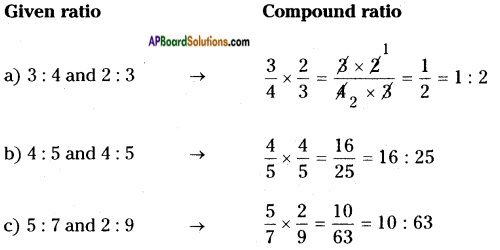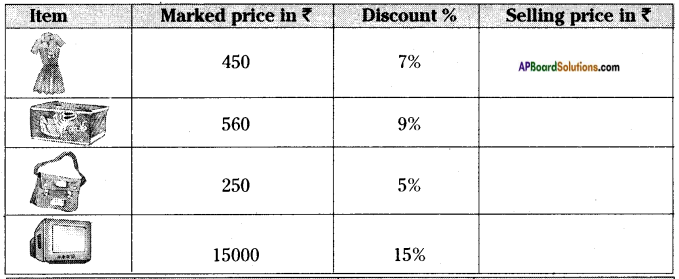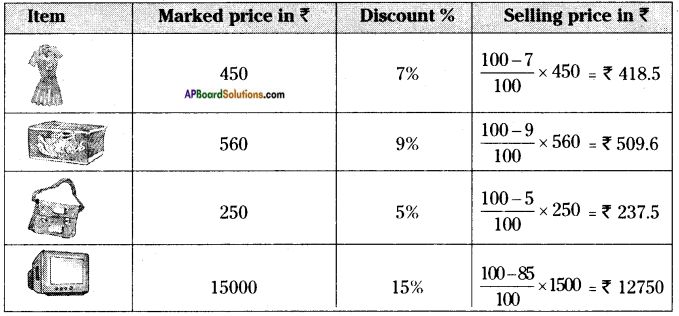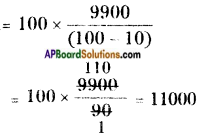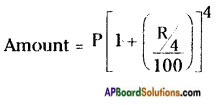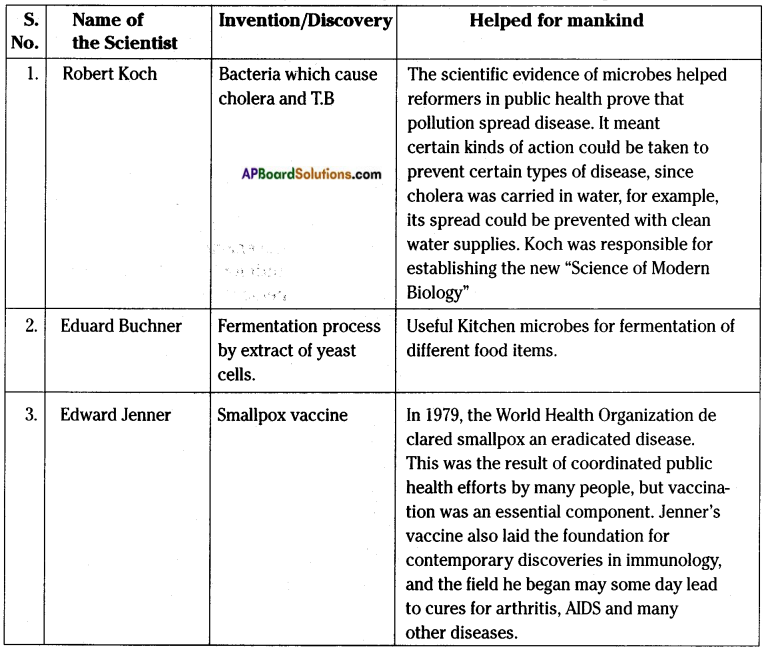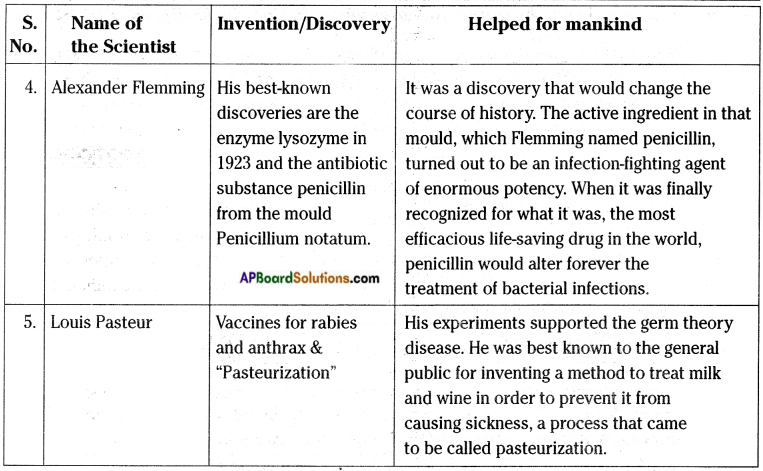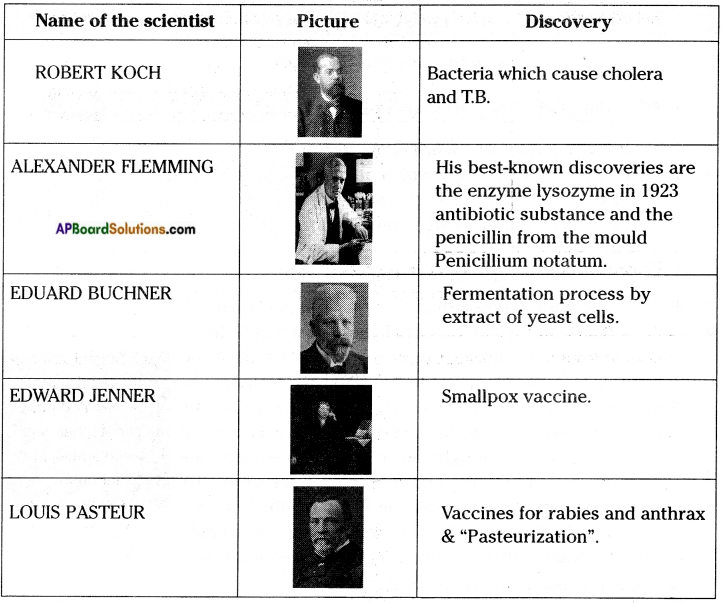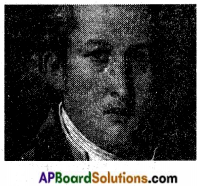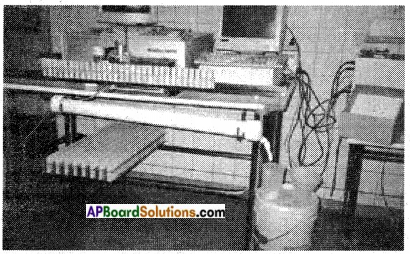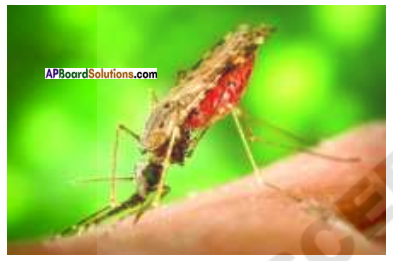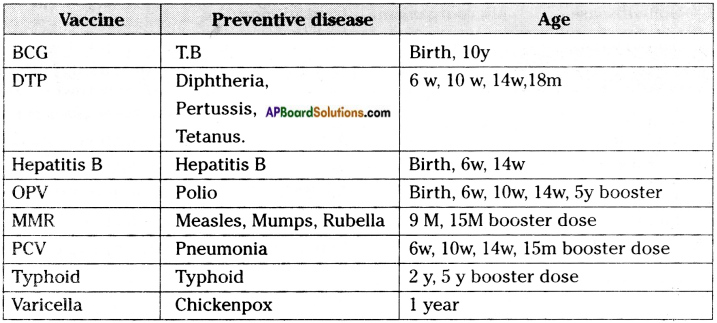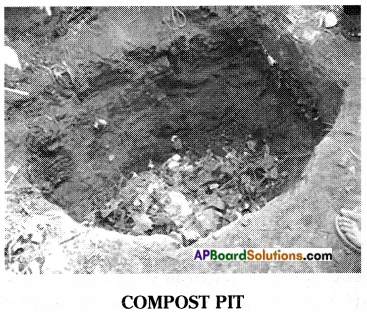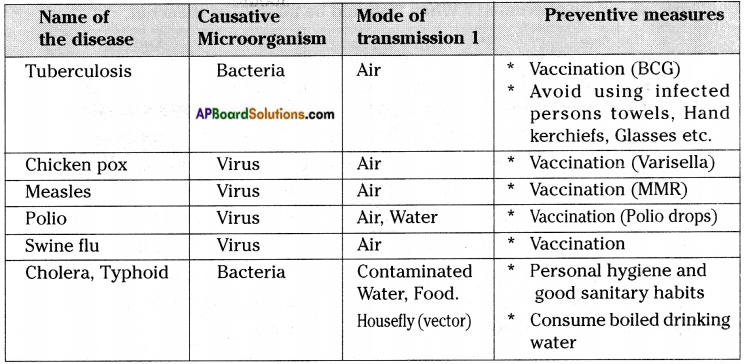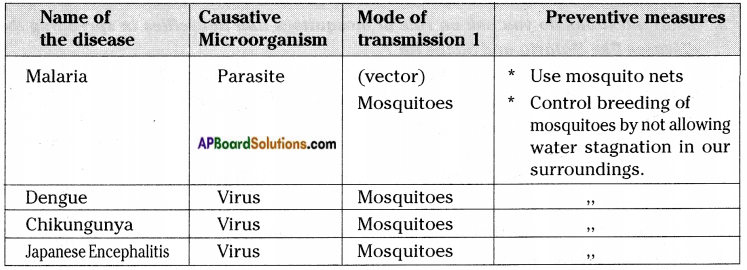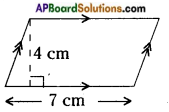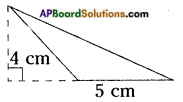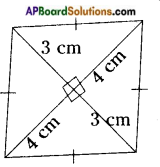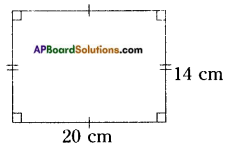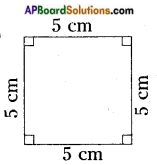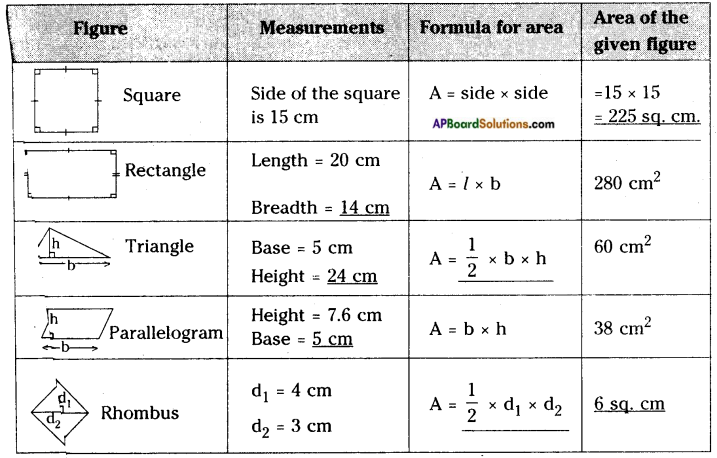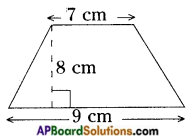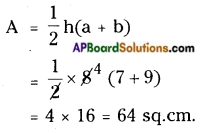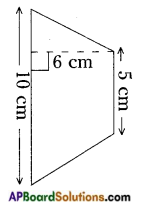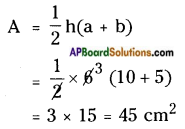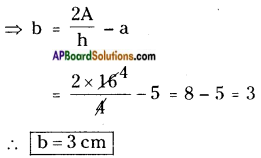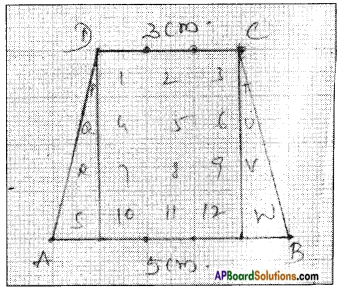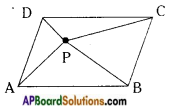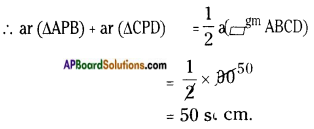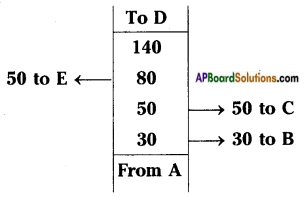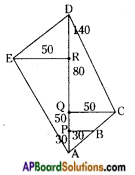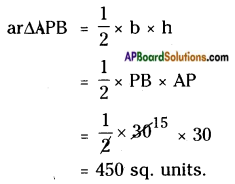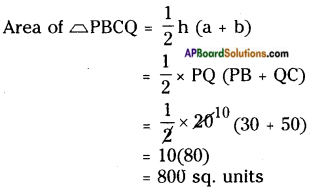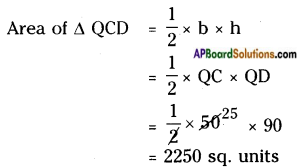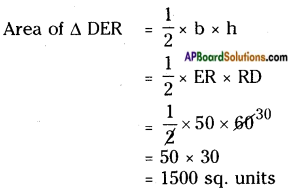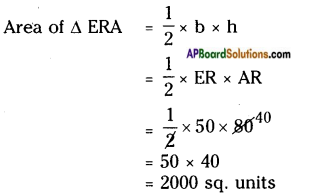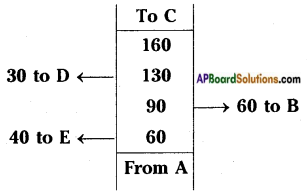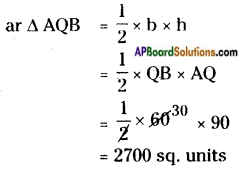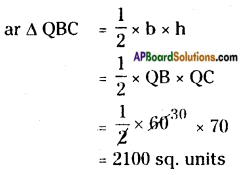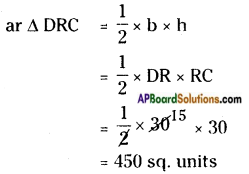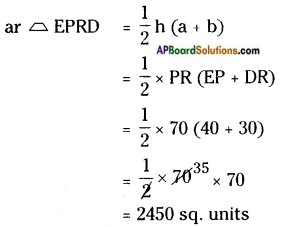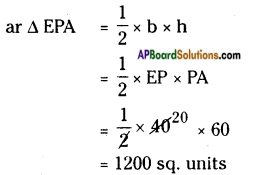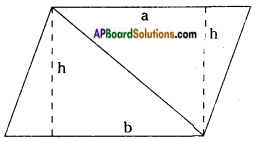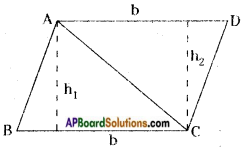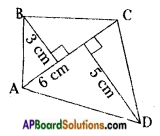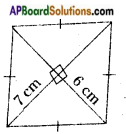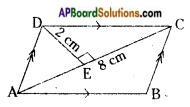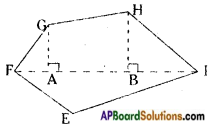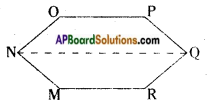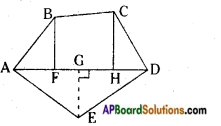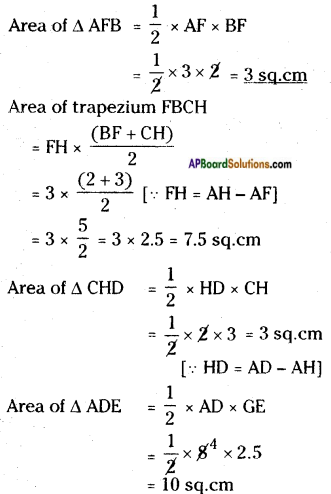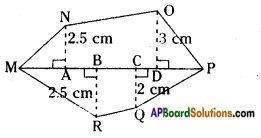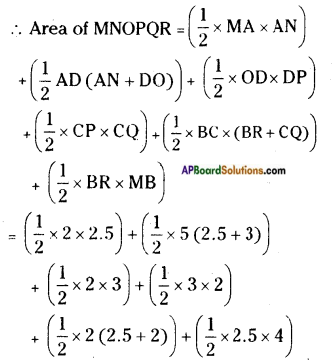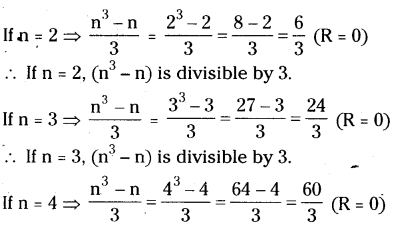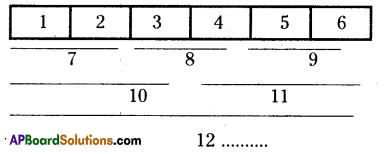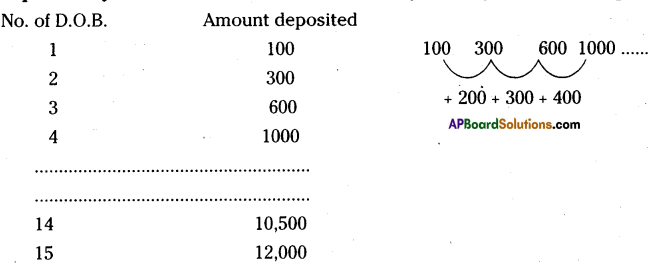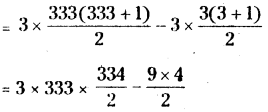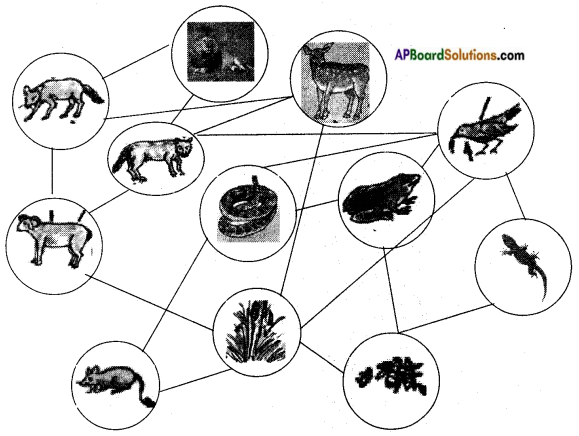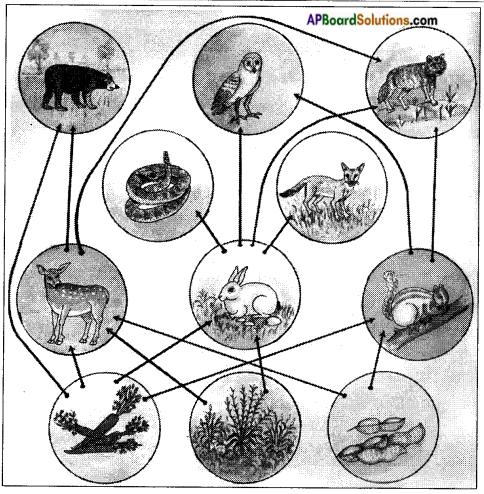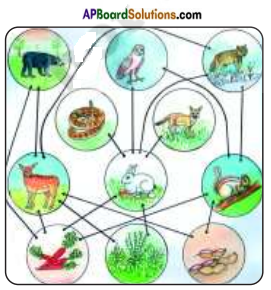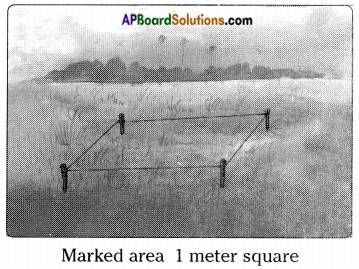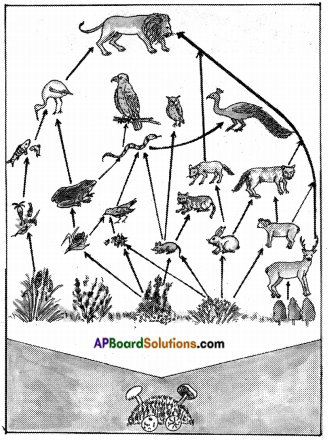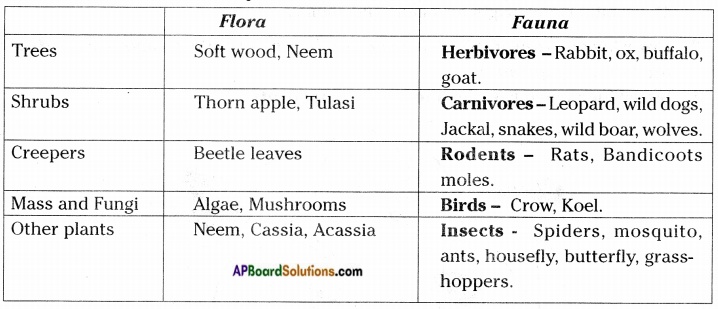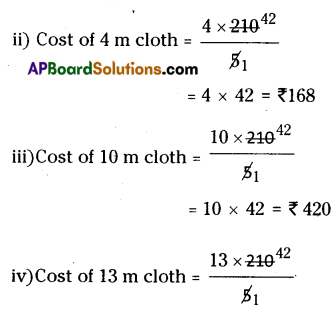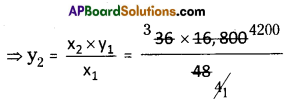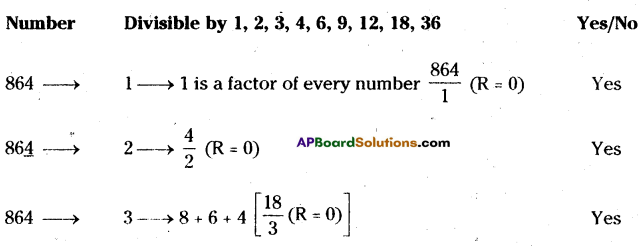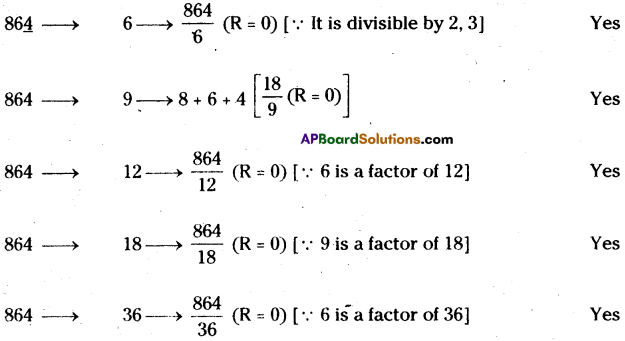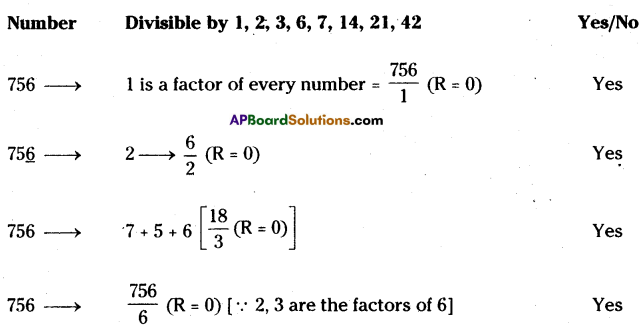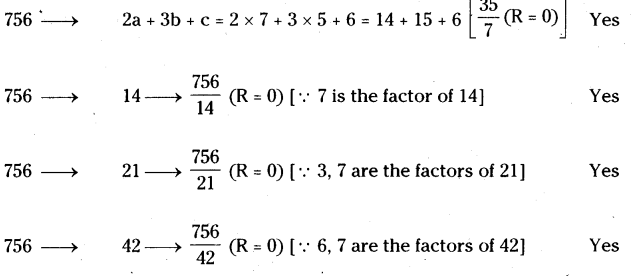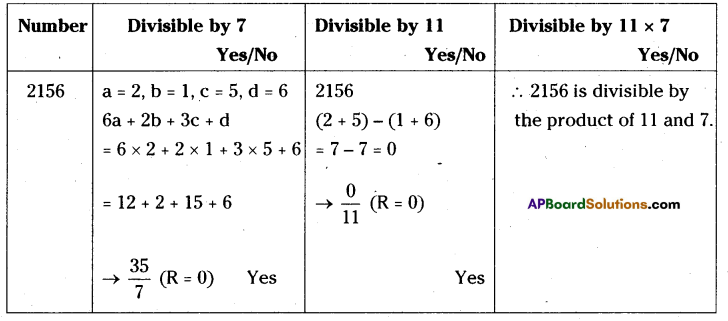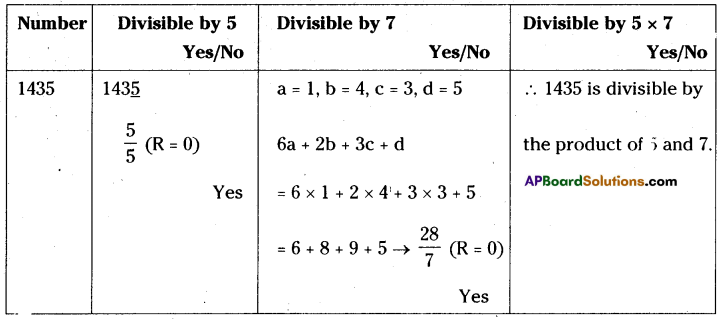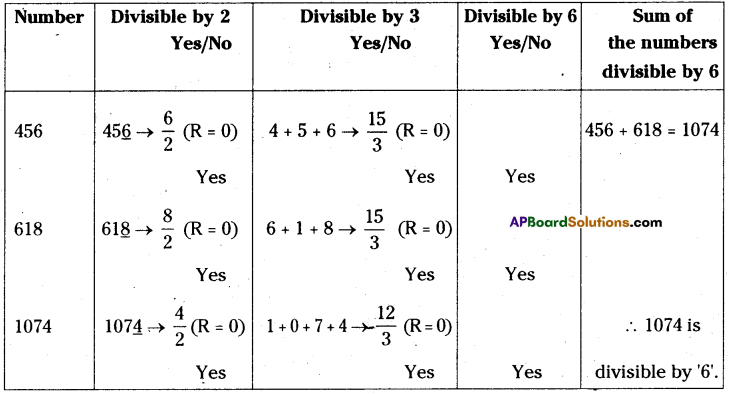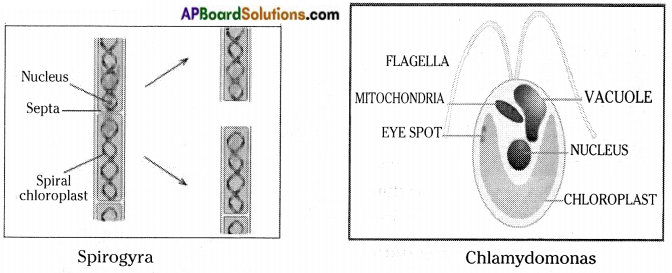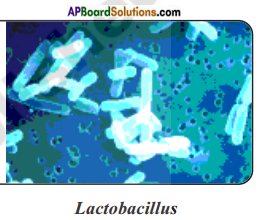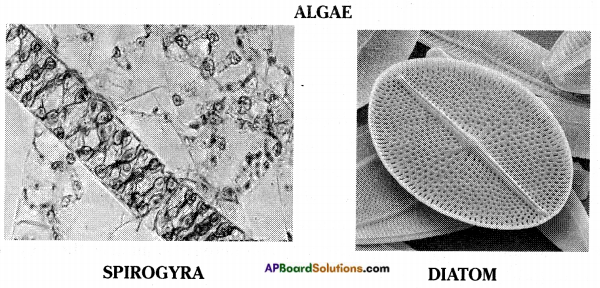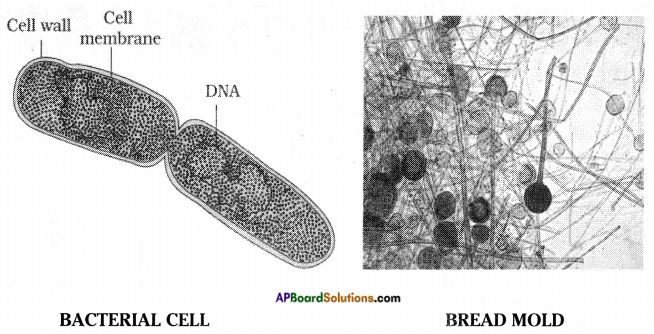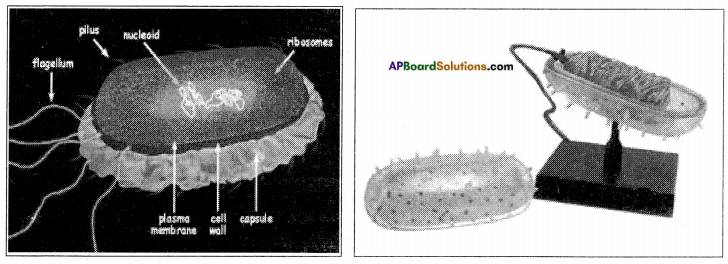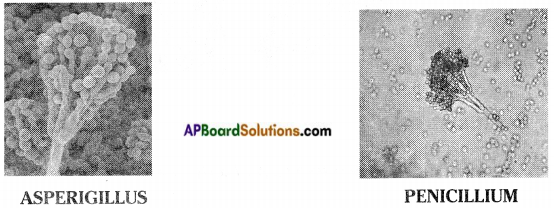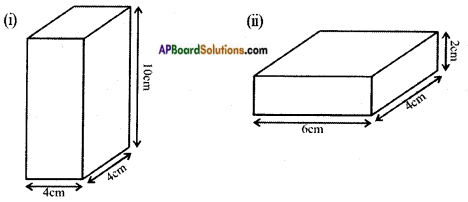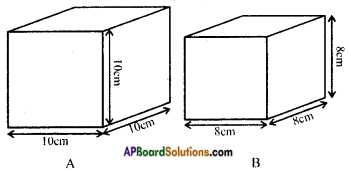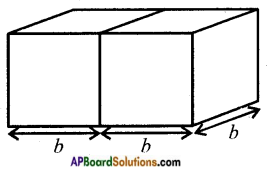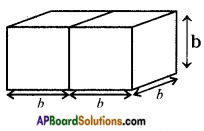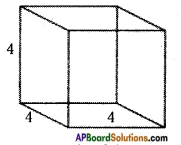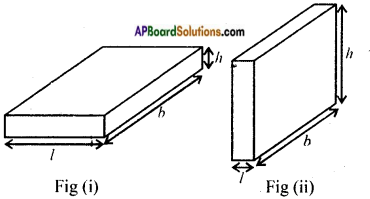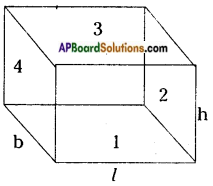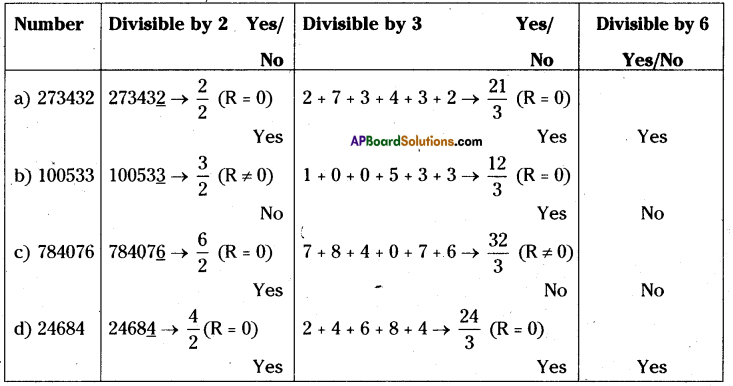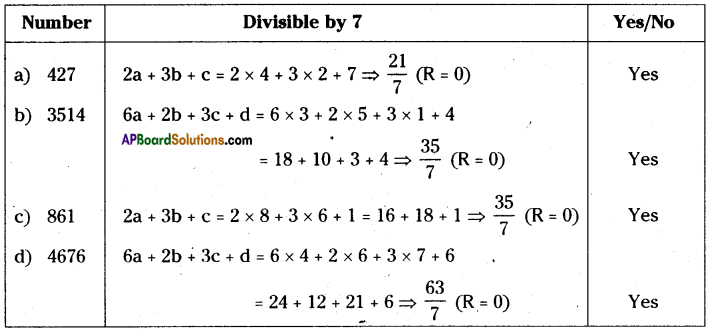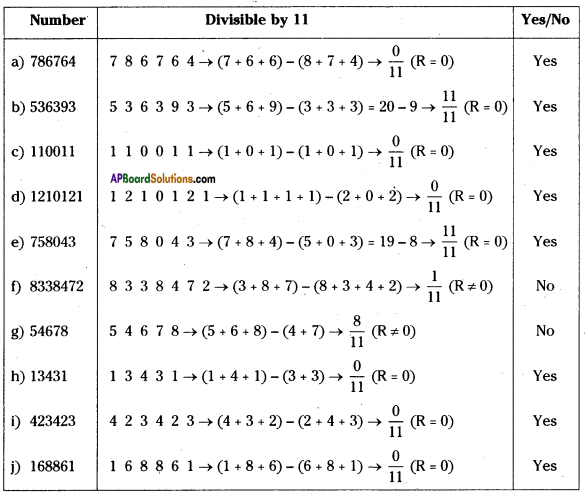AP State Syllabus AP Board 8th Class Physical Science Important Questions Chapter 8 Combustion, Fuels and Flame
AP State Syllabus 8th Class Physical Science Important Questions 8th Lesson Combustion, Fuels and Flame
8th Class Physical Science 8th Lesson Combustion, Fuels and Flame 1 Mark Important Questions and Answers
Question 1.
What do you mean by combustion?
Answer:
A chemical process in which a material reacts with oxygen present in air to generate heat is called combustion.
Question 2.
What is ignition temperature?
Answer:
The lowest temperature at which a substance catches fire is called ignition temperature.
![]()
Question 3.
What are inflammable substances? Give examples.
Answer:
The substance which have very low ignition temperature easily catch fire are called inflammable substances, e.g.: Petrol, alcohol, LPG, etc.
Question 4.
What is explosion?
Answer:
A chemical reaction takes place with the evolution of heat, light, sound and large amount of gas is called explosion.
Question 5.
What is calorific value? What is its unit?
Answer:
Calorific value of a fuel is the amount of heat energy produced on complete combustion of 1 kg of that fuel.
It is measured in kilo joules per kg. (kJ/kg)
Question 6.
Which zone of a flame does a goldsmith use for melting gold and silver and why?
Answer:
The goldsmith would use outermost zone for melting gold and silver because it is hottest zone due to complete combustion.
Question 7.
Explain how CO2 is able to control fires?
Answer:
When CO2 released from the cylinder on fire, it expands enormously in volume and cools down. So, it is not only forms a blanket around fire, it also brings down the temperature of fuel. That is why it is an excellent fire extinguisher.
![]()
Question 8.
Paper by itself catches fire easily whereas a piece of paper wrapped around an aluminium pipe does not ?
Answer:
When you heat a piece of paper wrapped around an aluminium pipe the heat is taken up by aluminium pipe so the paper does not reach its ignition temperature.
Question 9.
Can the process of rusting be called combustion? Discuss.
Answer:
Rusting of Iron is a combustion reaction. Combustion is a process in which elements combine with oxygen. During formation of rust iron atoms combine oxygen in the air forming iron oxides or rust.
Question 10.
Name the products formed when a candle burns in air.
Answer:
The products formed are carbondioxide and water because wax is mixture of hydrocarbons.
8th Class Physical Science 8th Lesson Combustion, Fuels and Flame 2 Marks Important Questions and Answers
Question 1.
What are combustible and non combustible materials and give examples for them?
Answer:
Combustible materials:
The materials which burn when brought near a flame are called combustible materials, e.g. : Petrol, diesel, kerosene, etc.
Non-combustible materials:
The materials which do not burn when brought near a flame are called non-combustible materials, e.g.: Pebbles, sand, clay, iron, etc.
![]()
Question 2.
What are the different types of combustion and define them?
Answer:
Combustion is two types.
- Spontaneous combustion:
The type of combustion in which material suddenly bursts into flames without the application of apparent cause is called spontaneous combustion. - Rapid combustion:
The type of combustion in which materials burns rapidly and produce heat and light is called rapid combustion.
Question 3.
What are the different zones present in a candles and what are the colours of those zones?
Answer:
There are three zones in a candle.
- Outermost zone: This is the hottest part which is in blue colour.
- Middle zone: This is moderately hot part which is in yellow colour.
- Dark zone: This is least hot part which is in black colour.
Question 4.
In an experiment 4.5 kg of a fuel was completely burnt. The heat produced was measured to be 1,80,000 KJ. Calculate the calorific value of fuel?
Answer: The mass of fuel = 4.5 kg
The heat produced = 1,80,000 KJ
heat produced 1,80,000
The calorific value of fuel = \(\frac{\text { heat produced }}{\text { mass of the fuel }}\) = \(\frac{1,80,000}{4.5}\) = 40,000 KJ/Kg
mass of the fuel 4.5
![]()
Question 5.
LPG is better domestic fuel than wood?
Answer:
- On burning wood it produces lot of smoke and also complete burning does not takes place whereas LPG undergo complete combustion so does not produce smoke.
- Due to incomplete combustion wood produce harmful gas like carbon monoxide whereas LPG does not produce carbon monoxide.
- Wood has high ignition temperature so does not burn immediately whereas LPG has low ignition temperature burns easily.
Question 6.
How do you appreciate use of fossil fuels in daily life?
Answer:
We are depend upon fossil fuels for our daily needs like cooking, transportation, running machinery and producing electricity, etc. Everywhere we go there is use of fossil fuel. Without fossil/fuels we may be in stone age. So the use of fossil fuels in daily life should be thoroughly appreciated.
Question 7.
What would happen if oxygen stops to support combustion? – Make a guess. And if it is the situation for what other fuels are useful?
Answer:
If oxygen stops to support combustion there is no other gas which will support combustion. Then fossil fuels are not useful in producing heat, energy and electricity.
So we should have to prefer alternative sources of energy like solar energy, wind energy, tidal energy, biomass energy, geothermal energy, etc. for our energy needs.
Question 8.
Let us assume that you are on the moon. If you try to focus sun light on a paper using magnifying glass, does the paper catch fire? or not? Why?
Answer:
No, moon reflects entire sunlight that falls on the surface because it acts as perfect reflector. Whereas earth is also acts as reflector but green house gases present in atmosphere absorbing the sunlight and resending on earth. So paper can be burnt on earth by using magnifying glass but it is not possible on moon.
![]()
Question 9.
Why does tap water is not used to control fire involving electrical equipment ?
Answer:
- Tap water cannot be used to control the fire involving electric equipment because it is a good conductor of electricity.
- It conducts electricity resulting in electrical shock to the user.
Question 10.
Explain how carbon dioxide is able to control fires.
Answer:
Carbon dioxide, being heavier than oxygen, covers the fire like blanket and also brings down the temperature of fuel. Since the contact between the fuel and oxygen is cut off the fire comes under control.
8th Class Physical Science 8th Lesson Combustion, Fuels and Flame 4 Marks Important Questions and Answers
Question 1.
How does candle works?
Answer:
- A candle is mainly a source of light and heat.
- A candle is made of wax in which a thick thread inserted wax in the candle melts when it is lighted by a match stick.
- A little of wax forms vapour.
- This vapour combines with oxygen in the air to form flame.
- The heat of the flame melts more of the wax from the top of the candle.
- The melted liquid wax moves upward through the thread. It also changes to vapour when it reaches the top of the wick and byrns with the flame.
8th Class Physical Science 8th Lesson Combustion, Fuels and Flame Important Questions and Answers
![]()
Question 1.
Spirit burns quickly like petrol but sodium metal and white phosphorous burns without any ignition.
Complete the following table and rewrite it in the table.
| Rapid combustible substances | Spontaneous combustible substances |
Answer:
| Rapid combustible substances | Spontaneous combustible substances |
| 1) Material burns rapidly and produce heat and light. 2) Spirit burns quickly. 3) Petrol burns quickly. | 1) Material suddenly bursts into flames without the application of apparent cause. 2) Sodium burns without any ignition. 3) Phosphorous burns without any ignition. |
Question 2.
| Fuel | Calorific Value (K.J / Kg) |
| Cow dung | 6,000 – 8,000 |
| Coal | 25,000 – 30,000 |
| Petrol, Diesel | 45,000 |
| LPG | 55,000 |
| Hydrogen | 1,50,000 |
Answer the following questions.
i) Name the fuel having highest calorific value.
ii) How much heat energy is released when one kg of petrol burnt?
iii) Name two fuels which causes less pollution.
iv) Mention any one of the alternate energy source which is not mentioned in the above table.
Answer:
i) Hydrogen
ii) 45,000 Kilo Joules
iii) Hydrogen, L.P.G
iv) Solar power, Gobar gas, Wind power, Bio-diesel.



